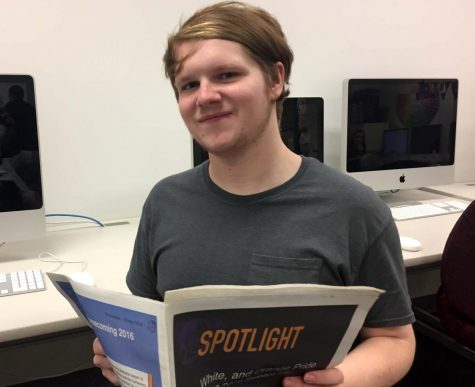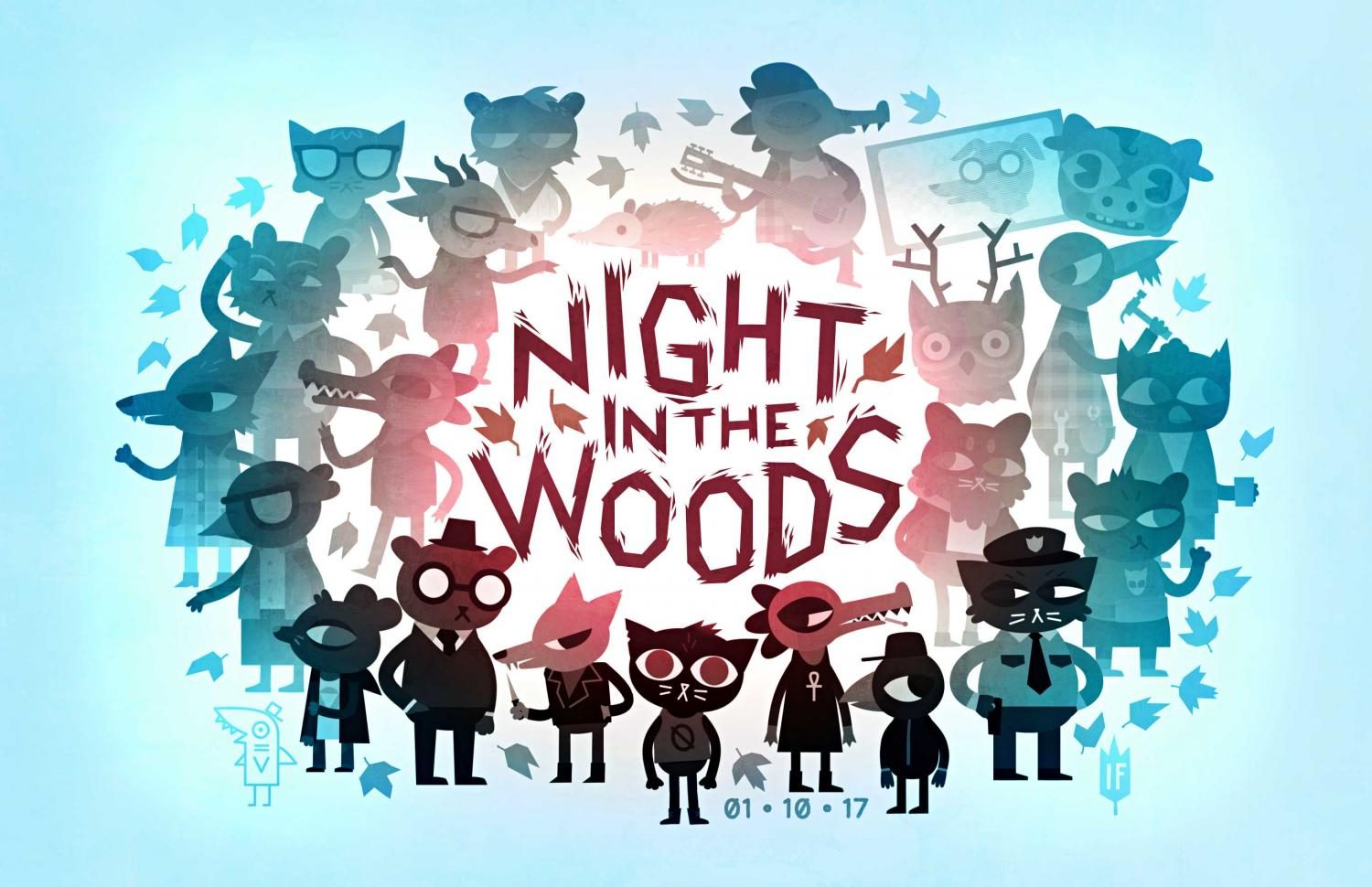Embark On A Visual Adventure With “Night in the Woods”
It seems like it’s not too often that I find an indie game that strikes a chord with me and has both pleasing visual aesthetics and a compelling story. Pittsburgh/Manitoba-based indie developers Infinite Fall’s “Night in the Woods” is one of those games.
“Night in the Woods” is a 2D adventure game that tells the story of an anthropomorphic cat named Mae, who has recently dropped out of college and returned to her hometown of Possum Springs. After the strange disappearance of her childhood friend Casey, Mae and her friends Bea, Gregg, and Angus, begin discovering some of their town’s dark secrets. While the game mainly deals with themes of millennial social issues, mental illness, and the decline of rural small-town America, there is also lots of suspense that lingers and builds up throughout the course of the game.
The interesting history of “Night in the Woods” began when the developers announced the game in 2013 and the subsequently launched a Kickstarter campaign to raise funds for the its development. The Kickstarter campaign reached its initial goal of $50,000 within only 26 hours, and by the end of the campaign they had earned around $200,000 in crowdfunding. Throughout 2013 and 2014, Infinite Fall released “Night in the Woods’” first and second supplements (sort of like mini-games that go along with the main game), “Longest Night” and “A Lost Constellation.”
One aspect of the game that I think was my favorite was its distinct art style, championed by the game’s main animator and designer, Scott Benson. Although I played the game on a frankly poorly-optimised laptop PC, I had no real problems with the controls or performance, although controls aren’t necessarily a make-or-break deal for particularly story-based games like “Night in the Woods.” Unlike other popular indie games that have been labeled by some critics as “walking simulators’ for their overly simplistic and sometimes bland game mechanics,” the minimalistic but captivating artistry of “Night in the Woods” is enough to captivate players even if there are low points in the plot.
Another part of the game that I found really enticing was the dialogue and interaction between characters. A lot of dialogue in “Night in the Woods” is bizarre and humorous in nature, but it feels human. While playing, I felt as if I could personally relate to the characters. The game’s mood and tone is also very well-balanced. Contrasting the surrealist tones of much of the plot, there is effective comic relief throughout the game, especially from Mae’s friend, a fox named Gregg.
Some could interpret the game as being “too artsy,” and I’d definitely say that “Night in the Woods” is not every gamer’s cup of tea. But those who enjoy visual style, dialogue, and interesting storylines in indie games will definitely love this game.
“Night in the Woods” is available to purchase on Steam and on the Playstation Store for the PS4.

Senior Jamie Kish is a former three-year staff reporter and two-year entertainment editor for the Spotlight. This year Jamie continues to serve as a contributor...


